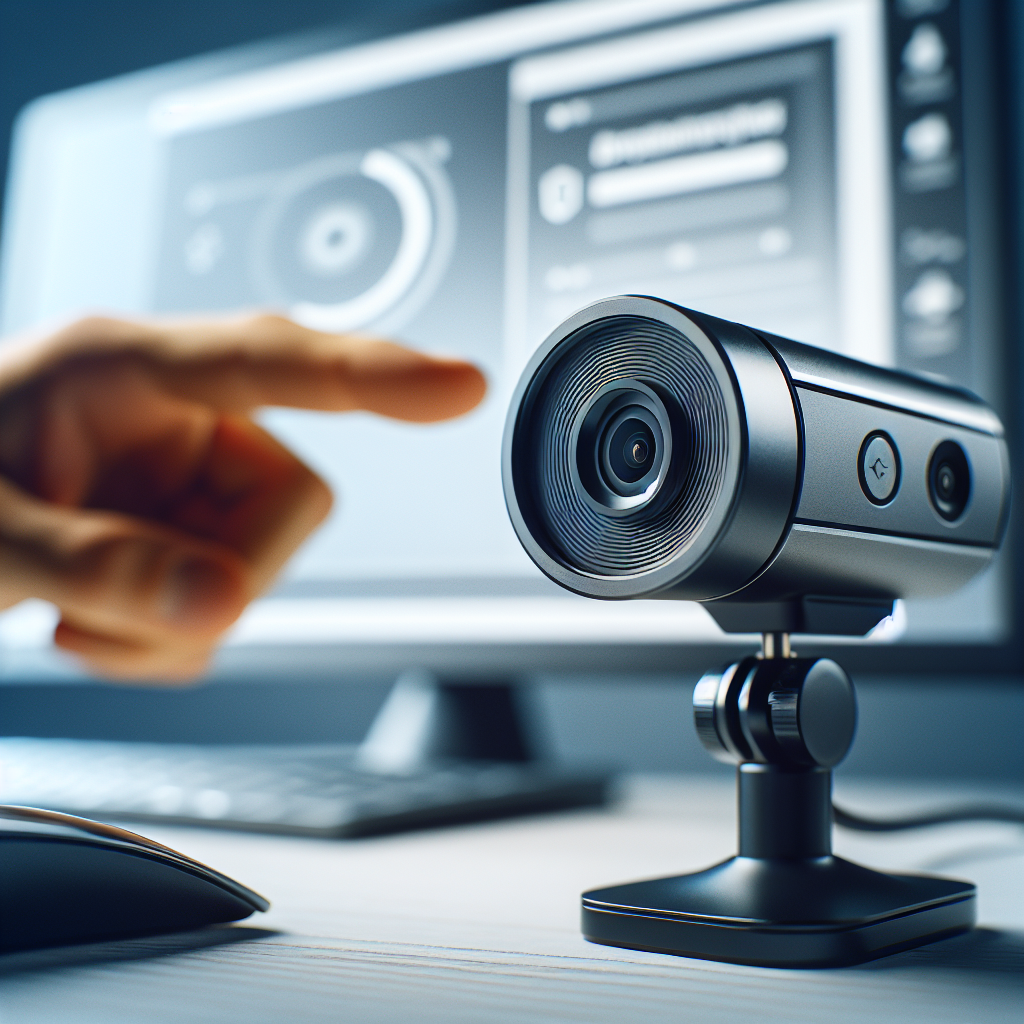Introduction
In the era of remote work and virtual meetings, having a high-quality webcam is essential. Plug and Play USB webcams are incredibly popular due to their ease of use and compatibility with various devices. However, to achieve the best performance, you may need to adjust the settings. This guide will walk you through the steps to fine-tune your Plug and Play USB webcam for optimal results.
Understanding Basic Webcam Settings
Before diving into the actual adjustment process, it’s crucial to understand the basic settings that you might need to tweak. Here are the common webcam settings:
| Setting | Description |
|---|---|
| Resolution | Determines the clarity of the video. |
| Frame Rate | Controls how many frames per second (fps) the webcam captures. |
| Brightness | Adjusts the overall lightness of the video. |
| Contrast | Balances the difference between dark and light areas. |
| Saturation | Modifies the intensity of colors. |
| White Balance | Controls the color temperature for accurate color representation. |
| Zoom | Allows you to enlarge the captured area. |
| Focus | Adjusts the sharpness of the video. |
Steps to Adjust Webcam Settings
Step 1: Connect Your Webcam
Most Plug and Play USB webcams are straightforward to connect. Simply plug the USB cable into an available port on your computer. Your operating system should automatically recognize the webcam and install necessary drivers.
Step 2: Open Webcam Software
Many webcams come with proprietary software that allows for easy adjustments. If your webcam has a dedicated application, open it. If not, you can use universal applications like OBS Studio or even the built-in Camera app on Windows or macOS.
Step 3: Access Settings Menu
In your webcam software, find the settings menu. This is usually represented by a gear icon or found under the “Preferences” or “Settings” tab.
Step 4: Adjust Resolution and Frame Rate
- Navigate to the resolution settings and select the highest available resolution for the best video quality.
- Set the frame rate to at least 30 fps for a smooth video experience.
Step 5: Fine-Tune Brightness, Contrast, and Saturation
- Adjust the brightness to ensure your video is light enough. Increase or decrease until you achieve a natural look.
- Modify the contrast to balance dark and light areas, making sure details are visible.
- Alter the saturation to make the colors appear vivid without being overly intense.
Step 6: Set White Balance
White balance is crucial for accurate color representation. Adjust this setting according to your lighting environment, or set it to “Auto” if available.
Step 7: Use Zoom and Focus
- Use the zoom feature to adjust the framing of your video. Ensure you don’t zoom in too much, as it can reduce video quality.
- Manually adjust the focus if your webcam supports it for a sharp and clear image.
Advanced Adjustments
Manual vs. Auto Settings
While auto settings can be convenient, manual adjustments often provide better results. Experiment with both to see what works best for you.
Lighting Conditions
Your webcam’s performance largely depends on your lighting conditions. Use natural light or invest in a ring light for balanced illumination.
Third-Party Software
If you’re not satisfied with the default webcam software, consider using third-party software like ManyCam or Sparkocam. These apps offer advanced settings and filters.
Troubleshooting Common Issues
Blurry Image
- Ensure your lens is clean.
- Check and adjust the focus settings.
Low Frame Rate
- Close other applications to free up system resources.
- Reduce the resolution if your computer struggles with processing high-quality video.
Poor Color Representation
- Adjust the white balance and saturation settings.
- Ensure you have appropriate lighting.
Conclusion
Adjusting the settings on your Plug and Play USB webcam can significantly enhance your video quality. From resolution and frame rate to brightness and contrast, taking the time to fine-tune these settings will result in a more professional and visually appealing output. Whether you use built-in software or third-party applications, following these steps will help you get the most out of your webcam.
Additional Tips
- Regularly update your webcam’s firmware and software to access new features and improvements.
- Invest in a high-quality microphone for better audio to complement your improved video.
- Consider the background of your setup. A clean, uncluttered background can make a significant difference in visual appeal.

